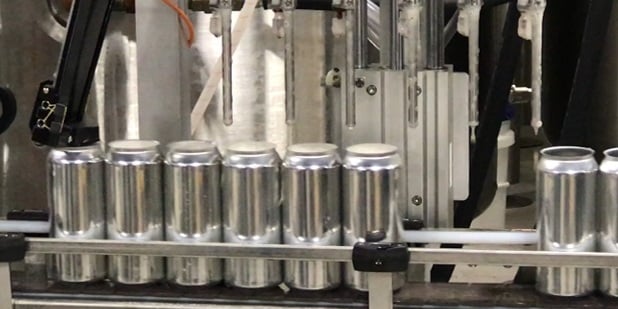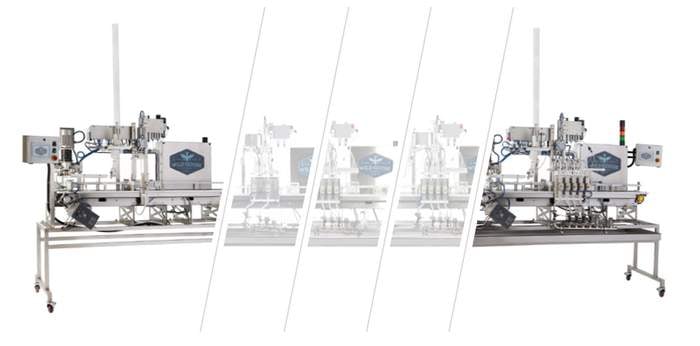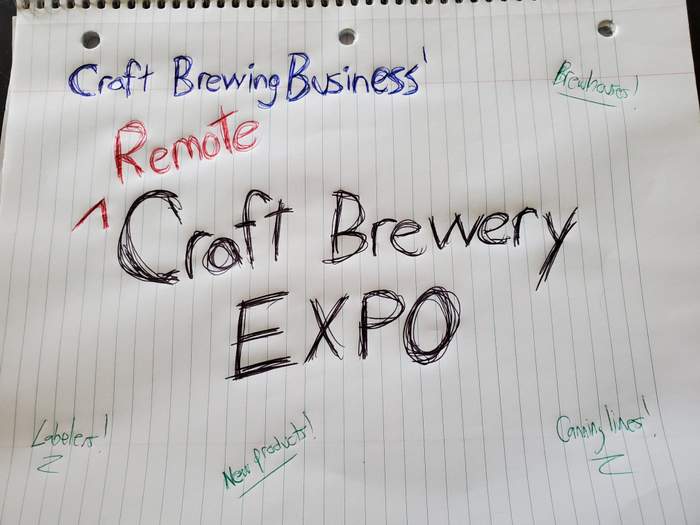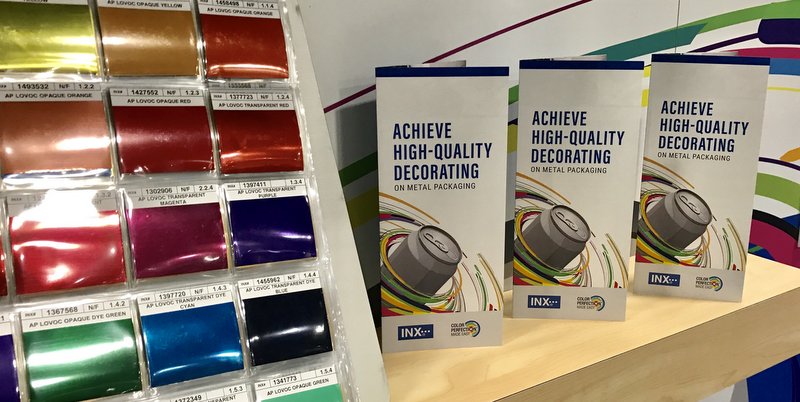
As part of our Craft Beer Canning Line Buyer’s Guide, we asked manufacturers to share canning line quality assurance advice for breweries. What tasks falls through the cracks seams? What will cause problems later if ignored now?
Un-seamly mistakes
Arguably the most important component in achieving the highest-level quality output is the seamer. Without a proper seam, the can will leak, which means wasted product and money.
“Make sure the seamer has hard stops that don’t vary with fluctuating air pressure, sensors for error detection, and control over each seamer operation,” says Wild Goose Filling. “It is critical that you can easily inspect, service and support the output of the seamer. If you’re planning on multiple can sizes, be sure that any changeover for the seamer is easy. Remember that can height and diameter is generally a simple changeover, while changing end size can be much more complicated. You should invest in seam inspection equipment to control the quality of the final product and prevent any mishaps.”
At Twin Monkeys, customers can send in cans off the line for them to seam test. They’ll send back a report, and then walk you through making sure the seam on the cans is perfect. “We have customers who send cans to us weekly, monthly, or whenever they have a new recipe — it is whatever works for them, but we are always ready to make sure that our equipment is helping to maximize their product.”
Filling foibles
Another thing to watch out for is fill quality. This encompasses both fill volume and oxygen pickup. In the filling process, the fill system needs precision to make sure your beer comes out tasting like the brewer intended. Cans must be filled meticulously and have sufficient foam control. Wild Goose notes that part of the process includes having a proper foam cap to manage dissolved oxygen in the final product. Other factors for oxygen management include:
- air exposure time from the last fill head to lid placement,
- the speed and distance to seaming,
- residual product transfer from can to can, and
- gas blankets or underlid gassing.
Depending on your ABV, there may be some pretty tight restrictions and laws around fill level in the can. For those of you considering faster speed lines (over 50cpm), Ska Fabricating asks: “how do you plan to keep track low and/or high fills? Under 50cpm, probably can get away with manual weight check. Over 50cpm, I’d start to think about automating that function.”
Quality starts at the can
Quality needs to start at the beginning of the packing line, so GR-X‘s best tip is to invest in a quality pallet of aluminum cans. “When looking at your pallet of cans, check it over. Are the cans dented? Are the slip-sheets bent on the ends or do they lay straight? Is the pallet square? When you insist on a quality at point A, all the machinery used on your canning line will be able to perform at its best.”
Also, did you know that your cans are not “clean” if they arrive to you sleeved? Ska says if you are buying sleeved cans or are canning over 15 cpm you need to consider a depalletizer. “Typically, at lower speeds you will be looking at a ‘water’ rinse but, if you are ambitious and starting at 100 cpm you will want to ensure you go with an ionized air rinse to ensure residual water does not interfere with quality of your canned product.”
Connect the dots
Conveyors are veins of the operation, connecting the dots from one piece of equipment to the other, making sure your production line is always on the move. Multi-Conveyor says key factors that must be considered with any conveyor system are designs for safety, ease of use, maintenance, longevity, sanitation, quality components and how it meets the application’s requirements. “We also factor in your brewery’s growth plans so your conveyor choice now can grow with you as you expand in years to come.”
Always be prepared, preventive
Because canning lines require a wide variety of repairs over time, choosing equipment that is easy to understand and work on is essential. The quantity of custom components incorporated into a machine may cause sourcing replacement parts to be inordinately costly and/or time consuming. For this reason, American Canning says breweries should always stock spare parts for critical components such as sensors and bearings. “There is nothing more frustrating than losing two days of production to a $12 sensor.”
And of course, performing routine preventive maintenance is key to keeping any line running smoothly, especially filler/seamers. Also from American Canning: “If you don’t take care of your equipment, issues tend to compound and you may experience a series of cascading failures. Simple tasks like daily cleaning and greasing bearings will greatly help cut down on the frequency of component failures.”





Leave a Reply
You must be logged in to post a comment.